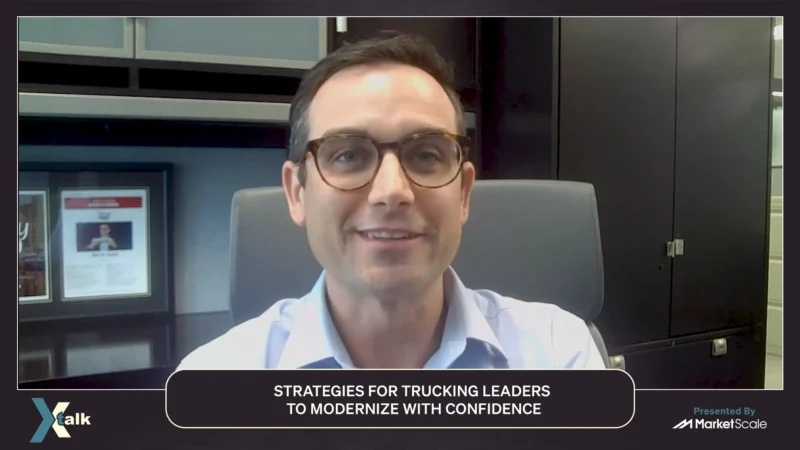How Can We Collectively Realize the Autonomous Vehicle Dream?
Level 5 advanced driver-assistance systems (ADAS) are the milestone that would signal we have achieved the dream of autonomous vehicles. But the road to Level 5 ADAS is long.
We have yet to master Levels 0-4. In that journey we have yet to achieve Level 3, so there is still a long way to go. Hans-Ulrich Mueller, Head of Technology for Amphenol Automotive Products, is a veteran industry leader in autonomous vehicles. He joined host Daniel Litwin to discuss what it will take for the industry to reach Level 3 and beyond.
Mueller explained that some commercial vehicles have a degree of Level 3 integration. In Level 3 scenarios, a driver takes control over the vehicle after a specific period.
“Then it comes to Levels 4 and 5,” Mueller said. “And these are both fully automated Levels. The car can go from point A to point B without any interaction. The difference between Level 4 and 5 is Level 4 is still a classic vehicle or car. And, if you talk about Level 5, same functions inside, but there is no steering wheel, there is no seat for a driver and it is fully autonomous.”
While the thought around Level 5 is personal, passenger-only vehicles, Mueller noted that the industry discussion of this goal focuses on numerous commercial applications, such as new-age delivery trucks, mobile taxis, and more.
“You have services to deliver goods or individuals from A to B,” Mueller said. “Then [Level 5] is also going into agriculture. There you have automated farming. There is a lot of autonomous driving already there. You have limited tasks, limited duties and it’s a limited area.”
Subscribe to Wavelengths on Apple Podcasts and Spotify for more thought leading discussion on the future of advanced connectivity technologies.
Follow us on social media for the latest updates in B2B!
Twitter – @MarketScale
Facebook – facebook.com/marketscale
LinkedIn – linkedin.com/company/marketscale




